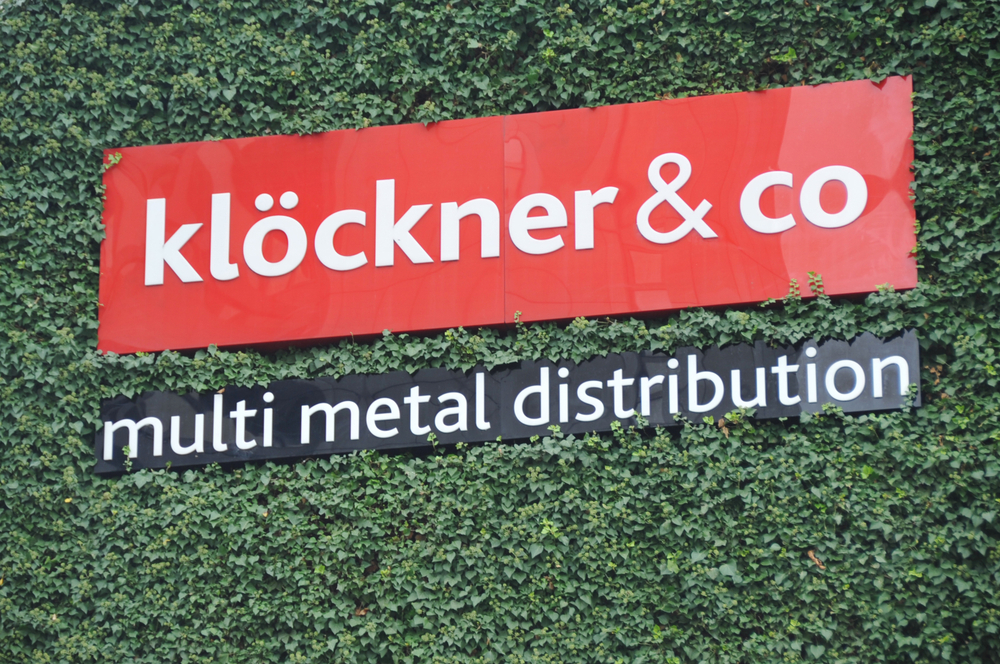
Knauf Interfer bezieht ab 2023 grünen Stahl
Die Knauf Interfer Cold Rolling GmbH und die thyssenkrupp Hohenlimburg GmbH haben am 10.08.2023 ein Memorandum of Understanding über den Bezug von CO2-reduzierten Stählen unterzeichnet. Geplant ist ab 2023 im ersten Schritt die Belieferung des Kaltwalzwerks der Knauf Interfer Gruppe mit Stählen, die durch den Einsatz von aufbereiteten Schrotten einen deutlich geringeren CO2-Fußabdruck aufweisen (bluemintÒ recycled).
Ab Ende 2026 wird Knauf Interfer darüber hinaus Stähle der Produktfamilie bluemintÒ Steel beziehen, die nach dem Direktreduktionsverfahren mithilfe von grünem Wasserstoff produziert werden (DRA/SAF).
bluemintÒ recycled reduziert die CO2-Emissionen im Vergleich zu konventionellem Warmband im Schnitt über alle Güten und Abmessungen um ca. 60%. Knauf Interfer ermöglicht dies eine produktspezifische Anrechnung der CO2-Emissionen in der Kategorie Scope 3.
Über den Bezug und die Bearbeitung von grünen Stahlprodukten setzt die Business Unit Steel, zu der die Knauf Interfer Cold Rolling GmbH gehört, dazu unter anderem auf eine effiziente, trimodale Logistik und kurze Lieferwege dank günstig gelegener Standorte.
Domenico Marino, COO im Vorstand der Knauf Interfer SE, sagt:
„Über Stahlbezugsvereinbarungen können wir die Lieferketten unserer Kunden mit Green Steel absichern. In diesem dynamisch wachsenden Segment kann sich Knauf Interfer auch dank der engen Partnerschaft mit thyssenkrupp Hohenlimburg durch maßgeschneiderte Lösungen, Material- und Beratungskompetenz positionieren.“
André Matusczyk, CEO der thyssenkrupp Hohenlimburg GmbH, ergänzt:
„Die heute unterzeichnete Vereinbarung markiert einen weiteren Meilenstein auf dem Weg zum „grünen Stahl“ und zeigt das gemeinsame Bekenntnis zu mehr Nachhaltigkeit und Klimaschutz.“
Quelle: Knauf Interfer & home-of-steel.de

Klöckner sees increasing low-emission steel products acceptance
Steels that are certified as low-carbon-emission products have so far been demanded mainly in Europe and by big users, but are gaining ground in other segments and regions, Klöckner & Co observes.
When asked about buyers’ acceptance of CO2-reduced product premiums, chief executive Guido Kerkhoff said during a recent conference that it was “good in principle”, but varied by segment and region. Comparing the distribution group’s two main markets, he explained the level of acceptance in Europe is better than in the USA, “but they [US buyers] are catching up”.
Also, “green” steel is primarily a domain of the big user groups like the automotive industry, while small and medium-sized customers are content with receiving “some kind of certificate”, he added. However, “inquiries are increasing and interest is becoming more profound,” Kallanish heard him say during the conference.
“The wind is changing in the USA as well, so in the premium segment you will not be able any more to offer only grey and black standard products,” he observed.
He did not elaborate on the short-term future, when more costly CO2-reduced material in Europe could face a hard time amid continued sluggish demand. In a different context, he stated that “on the domestic market, we need to prepare for rough competition for low volumes”.
Last year, Klöckner introduced its own low-CO2 steel brand under the name of Nexigen. In spring, it launched the Nexigen PCF Algorithm, which can be used to determine the Product Carbon Footprint (PCF) for almost all its products. More recently, it presented a tracking solution that allows customers to view their emissions history for products purchased from the company.
Christian Koehl Germany


